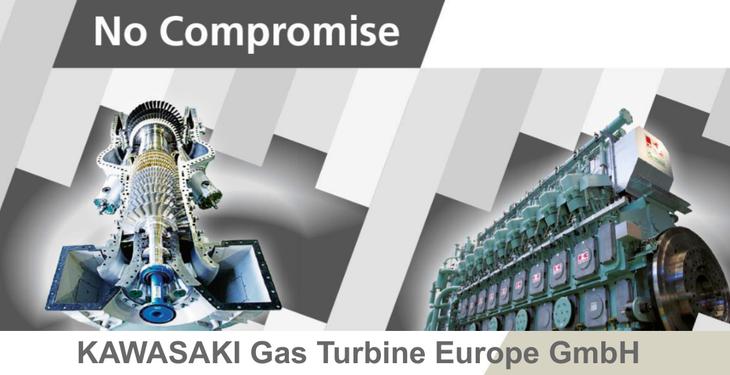Kawasaki advances to the local authorities with solutions for power generation using conventional natural gas, but also using hydrogen – the new trend at the moment globally, says Cristian Athanasovici, Business Development Manager, Kawasaki Gas Turbine Europe.
“Kawasaki Gas Turbine produces gas turbines, internal combustion engines, but also has integrated solutions for cogeneration power plants, for different types of consumers – industrial or urban,” he said at the conference “Digitalization and Energy Efficiency in Industry – Iasi”, organized by Energynomics.
“Kawasaki Heavy produces a lot of equipment and has solutions for many different industries. We produce ships that transport liquefied hydrogen, today, high-speed trains, airplanes, aircraft engines, motorcycles and high-precision robots. Since 2018, the Energy Division, Kawasaki Gas Turbine Europe, established in Germany, near Frankfurt, also has a representative office for South-Eastern Europe in Romania,” he said.
Kawasaki entered Europe in 1975, through an agreement with Deutz AG, and since 1998 has established its own subsidiary in Europe, Germany. Since 2003 it expanded through new production facilities in Bad Homburg, near Frankfurt. Thus, a large part of cogeneration plants are produced in Germany and they a great advantage – they come with no customs duties.
“Kawasaki has a very clear goal – energy saving and it has flexibility in the solutions it offers, not only based on conventional fuel, but also based on hydrogen. We operate in all industrial sectors, from paper and pharma industries, tires and even district heating systems, with the aim of minimizing the pollutant emissions. We have energy solutions for university campuses and hospitals, including trigeneration solutions – which means the simultaneous production of power and heat or cold for air conditioning, but also steam, for the sterilization of medical instruments, for example”.
The 5MWp Kawasaki turbine was awarded this year for the highest efficiency and lowest emissions. The record comes after Kawasaki recently launched the world’s most efficient internal combustion engine in the 8MWp class, with a efficiency of 51%.

